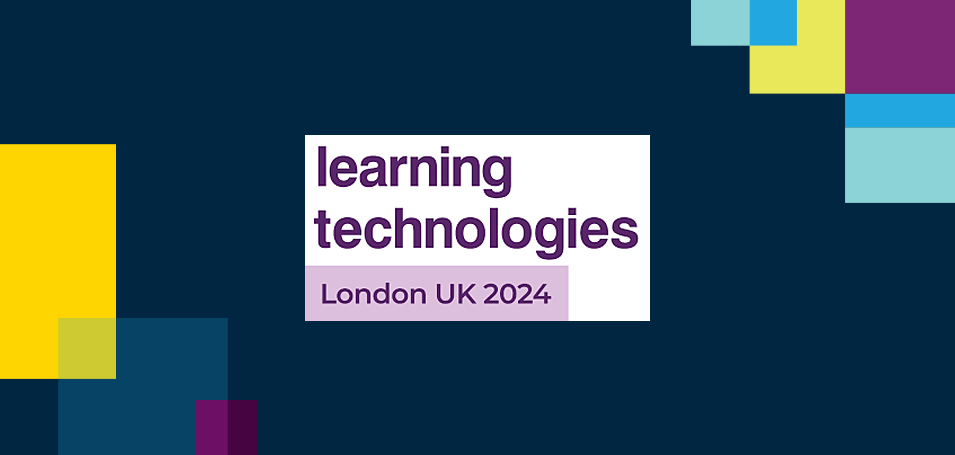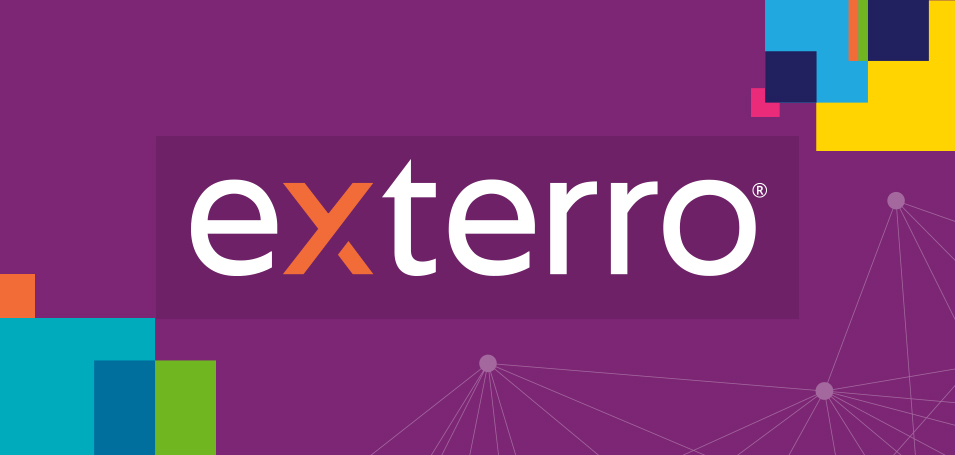When you think of gamification, what comes to mind? Is it a promising and fun way to motivate learners to engage with your content? Or, do you think of points, badges, and leaderboards that are often misapplied and ineffective… a fad that is quickly fading? Regardless of your experience with gamification as a strategy to motivate learner behavior, there are other benefits of gamification tools that aren’t as widely known. Digital badges, in particular, can provide you with powerful data that can help inform your learning strategy and improve your program performance.
What is gamification?
If you caught my session at the CEdMA conference last fall, you know that I define gamification as applying game-like elements to non-game contexts – such as learning – using game-design thinking. It begins with understanding the motivation of your learners, and then using game-like mechanics to encourage specific behaviors. Common game mechanics include (but aren’t limited to) points, badges, and leaderboards, each of which–when used effectively–can motivate learners to engage and learn.
In this article, I want to explore an alternative use of gamification. Consider this question: What might digital badges provide training professionals even if these badges were “hidden,” and not actually earned by learners? The answer is probably evident by the title of this article: digital badges can provide data on your learner’s behavior, and this data can be used to understand the impact of your training program.
Digital badges as a data-generating tool
Badging is a form of gamification in which digital badges are earned by users for completing an action or behavior or a series of actions and behaviors. The data that is generated by badging opens windows into the effectiveness of training. You can tell a lot about how your learners are performing at a glance by paying attention to the badges they earn.
Digital badges provide a visual and often shareable signal to the learner and to others – an indication of an accomplishment. There is high potential for a digital badging strategy to drive learner behavior; however, the extent to which badges are effective in motivating and changing behavior depends entirely on the strategy in which they are implemented. A strategy leveraging game-design thinking can motivate learners to consume your content, which should be a primary goal of your training program.
A well-designed and well-executed digital badging program yields data that represents deep insights into improving your overall learning strategy by shining a light on learner behavior. We can easily see how many people have mastered certain workflows by the badges that they have earned, and that gives us the ability to significantly improve.
5 ways to use badging and its data to inform your learning strategy
Here are some ways a badging strategy, and the resulting data, can be used to inform your learning strategy:
- Data may reveal which of your learners are intentionally chasing badges. You can infer that these learners are motivated by achievements, and you can use this information to improve your learning strategy for this audience by applying more techniques that foster recognition for these achievements.
- Data will tell you which badges are earned more often, and you can compare that with other similar badges. This yields insights into identifying the techniques and topics that are motivating your learners more than others. Conversely, if some badges are rarely earned, you might want to evaluate whether that achievement or skill is too difficult or demanding to learn, or irrelevant, and adjust your learning strategy accordingly.
- Data analysis will show the relationship between badges, generating deeper insights. For example, let’s say you have a hypothesis that students who complete a learning path are more likely to participate in community discussions. If you create a badge for completing a learning path, and another badge for replying to discussions, you can correlate these badges to see if there’s a relationship. These kinds of insights might help you better understand how to design and optimize your learning strategy.
- You can also correlate badges with other sources of data. Perhaps you want to know the effectiveness of watching an on-demand webinar vs. completing a course on mastering a certain skill. If you have a badge that learners can earn for watching that webinar and completing that course, you can correlate earning those badges with specific customer success rates to understand how they compare. If you find that watching the webinar is far more related to learning and using that skill than completing a course, you can feel more confident about promoting the webinar more widely.
- Finally, digital badges can help you understand the impact of aggregate behaviors. Let’s say you want to create a data dashboard that helps you understand the cumulative impact of educational events on product adoption. For example, completing 5 courses and participating in 5 discussions. With a badging strategy, you could set up a “badge” for exactly that event: completing 5 courses and contributing to 5 discussions. Now, you simply need to correlate one data point (earning the badge) with any other data point!




